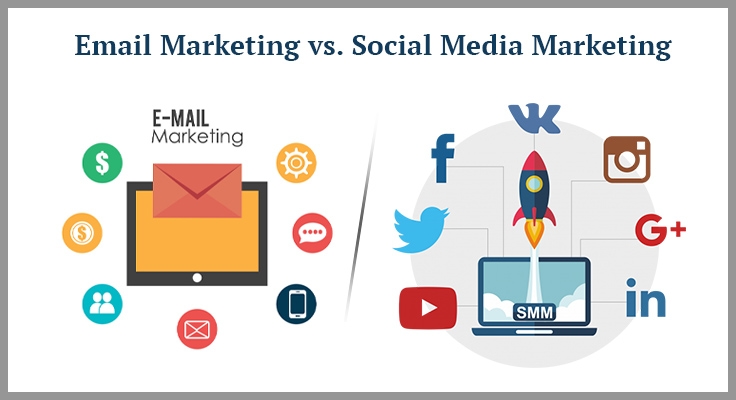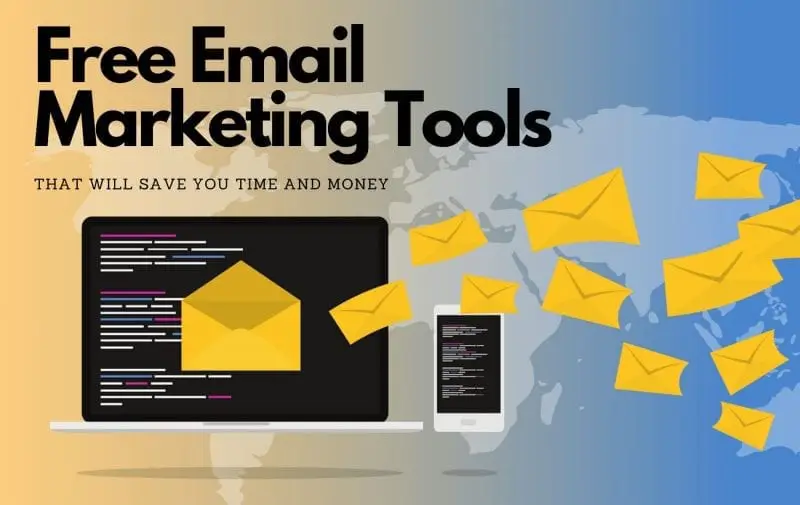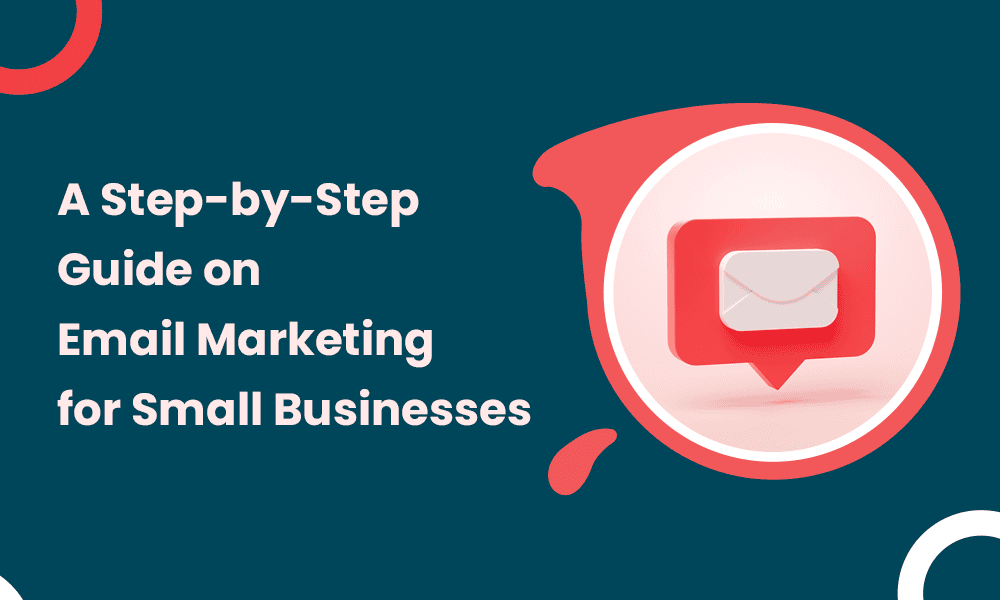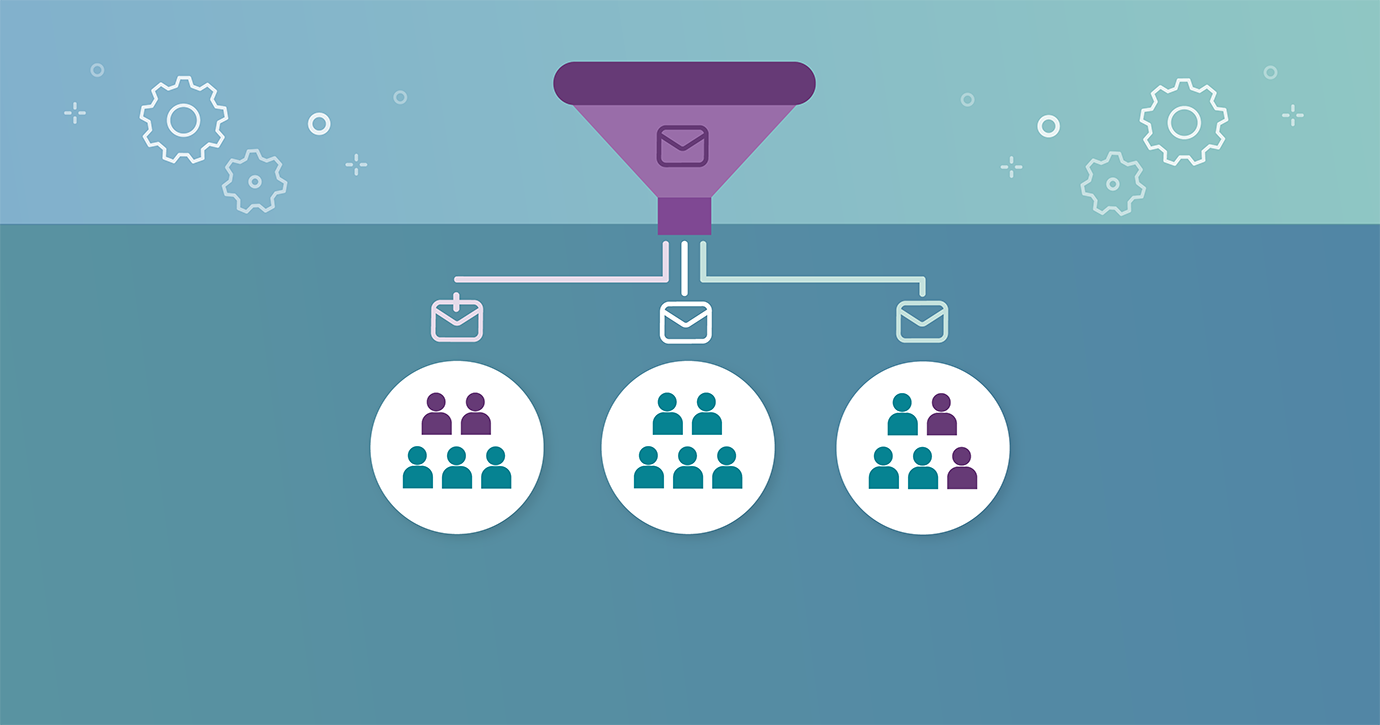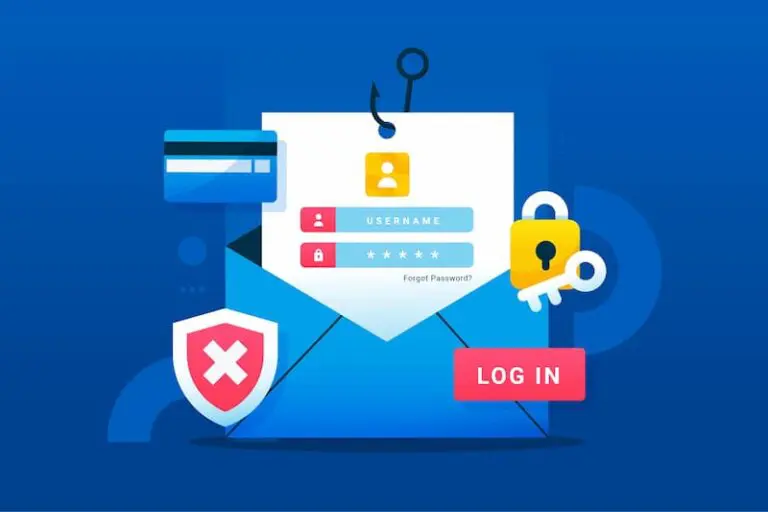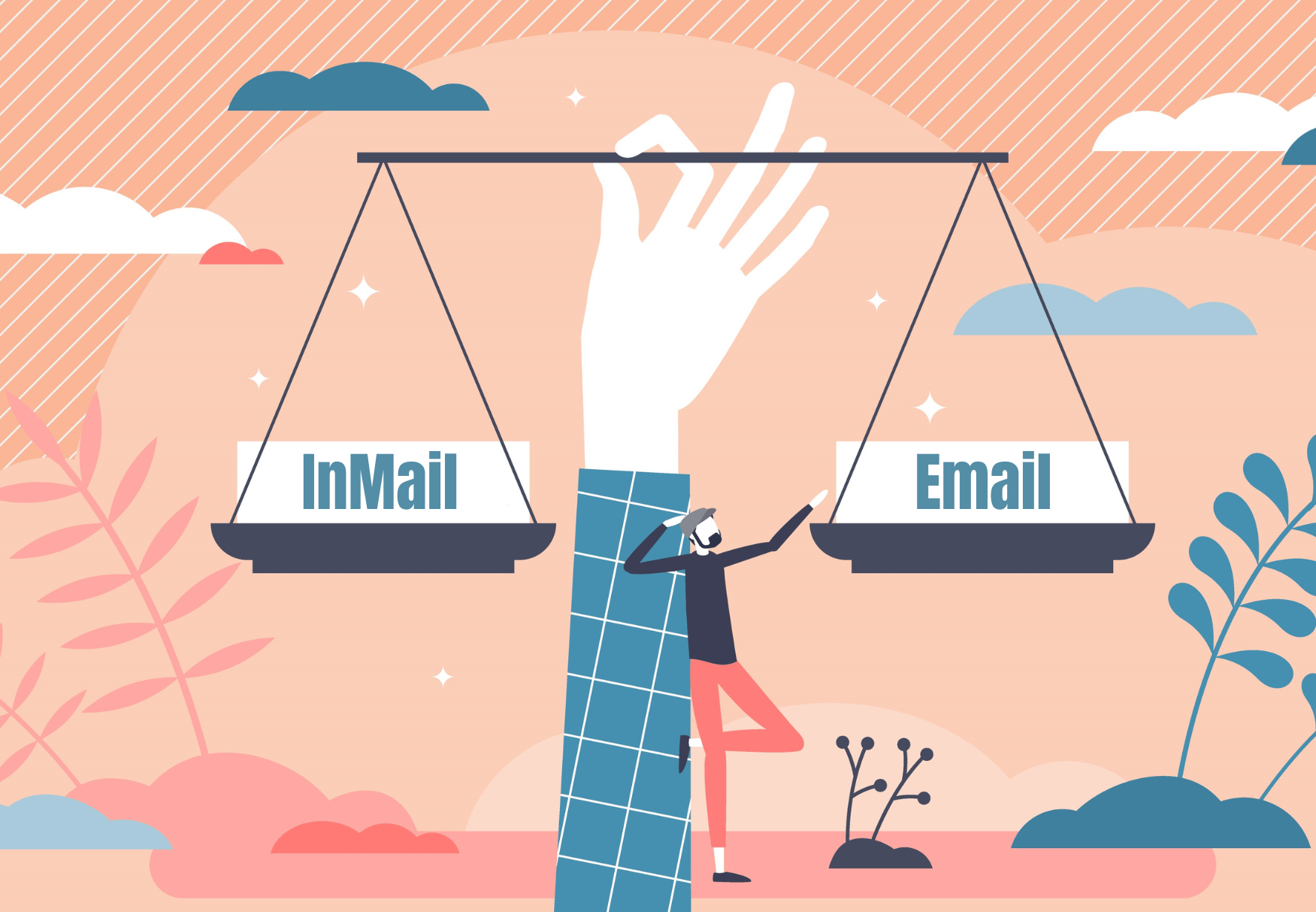Understand the Role of Subject Lines
A subject line is the first impression your email makes. It’s the bolded line users see before opening the message—and it often determines whether they open it at all. Weak subject lines can decrease engagement or send emails to the spam folder.
Why Subject Lines Matter
The subject line is one of the few elements users see before clicking. A catchy subject line grabs attention, while a vague or spammy one can lead to lower open rates or spam filtering. To succeed in email marketing, you need subject lines that compel recipients to read more.
What Makes an Effective Subject Line?
An effective subject line considers your audience, marketing goals, and potential spam triggers. Mailchimp analyzed over 24 billion emails and 22,000 distinct words to evaluate which subject lines perform best and which words affect open rates.
How Mailchimp Analyzed Subject Line Performance
The study focused on US-based campaigns sent to at least 500 recipients with tracking enabled. The process involved normalizing open rates, removing symbols, and performing regression analysis to estimate how individual words and combinations affect performance across industries.
Similar Words, Similar Results
The analysis showed that words with similar meanings tend to have comparable effects on open rates. However, the impact of each word depends on how consistent a sender’s campaign performance typically is—users with fluctuating rates may see bigger swings based on word choice.
7 Tips for Writing Catchy Subject Lines
Personalization Helps
Using first and last names in subject lines increases open rates. Mailchimp’s data shows campaigns that use full names see the biggest lift, especially when content is personalized. However, in the legal industry, first-name personalization showed a negative effect.
“Free” Isn’t Always Better
While “free” can help in some industries like entertainment and restaurants, it may harm open rates in sectors like healthcare and travel. Interestingly, the word “freebie” performed better than “free” in boosting engagement.
Create Urgency
Words like “urgent” and “important” significantly improve open rates. Still, use them sparingly and appropriately—they work best when they genuinely convey a time-sensitive or high-priority message.
Invitations Over Cancellations
Emails with announcements or event invites perform better than those with reminders or cancellations. The term “cancelled” negatively affects open rates—except in the restaurant industry, where it had a positive impact.
Donation Requests Get Ignored
Words related to fundraising, like “donation,” had a negative impact. If you need to solicit support, consider using terms like “helping” instead, which performed more positively.
Word Pairs Matter
Frequently used combinations such as “thank you” or references to current events tend to improve open rates. In contrast, repetitive CTAs like “sign up now” or “last chance” may discourage readers.
Capitalization Tactics
Fully capitalized subject lines showed a slight increase in open rates, while having just one word in all caps had a small negative effect. The difference, though subtle, is statistically significant and worth considering when testing subject lines.
Key Takeaways for Marketers
Certain patterns clearly boost engagement:
- Personalizing your message
- Using urgent or appreciative language
- Being mindful with promotional or donation requests
Since each subject line contains only a few words, even small tweaks can make a noticeable difference. One word could increase—or decrease—your email’s visibility in inboxes.
Common Questions on Writing Better Subject Lines
How do you write a catchy subject line?
Keep it under 40 characters, avoid spam-triggering words, and consider open-ended questions. Write something that invites curiosity or signals value.
What are examples of high-performing subject lines?
- I was right – and that’s not good for you
- 13 email marketing trends you must know
- Are we still on for 12?
- You don’t want FOMO do you?
These examples spark curiosity and avoid overselling.
How do you get people to notice your email?
Use short, clear subject lines that imply urgency or relevance. Personalization and value-based content also increase engagement.
Test and Optimize with Mailchimp
Effective email marketing requires continual testing. Mailchimp’s analytics tools let you track subject line performance and run A/B tests to discover what resonates most with your audience. Something as simple as replacing “donation” with “help” can influence your results.
